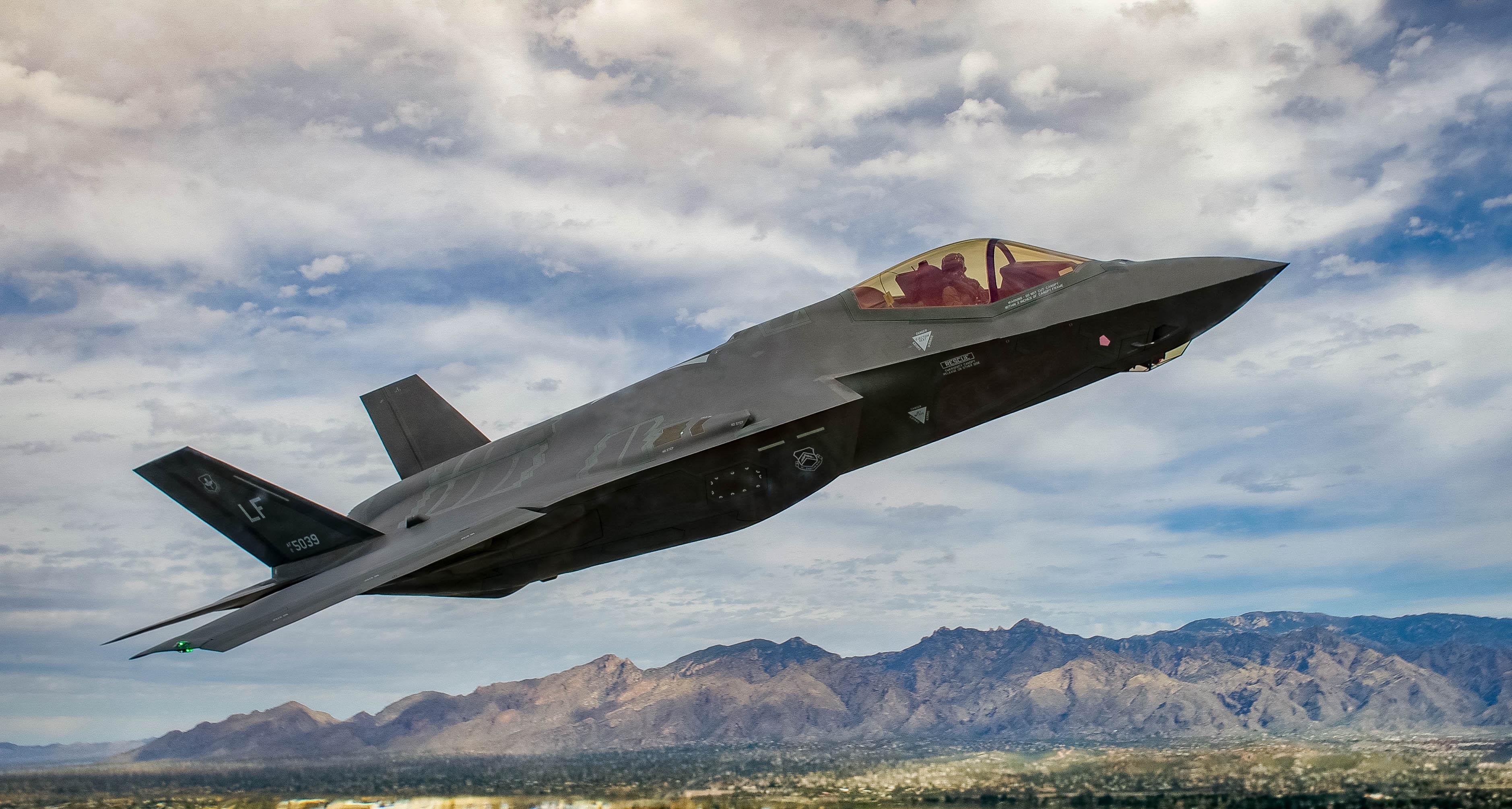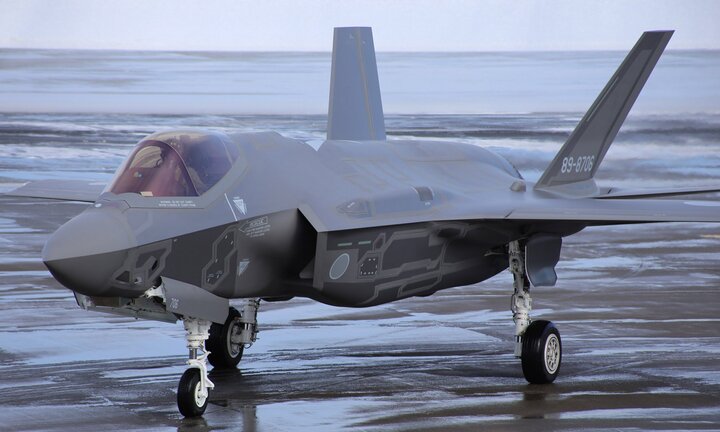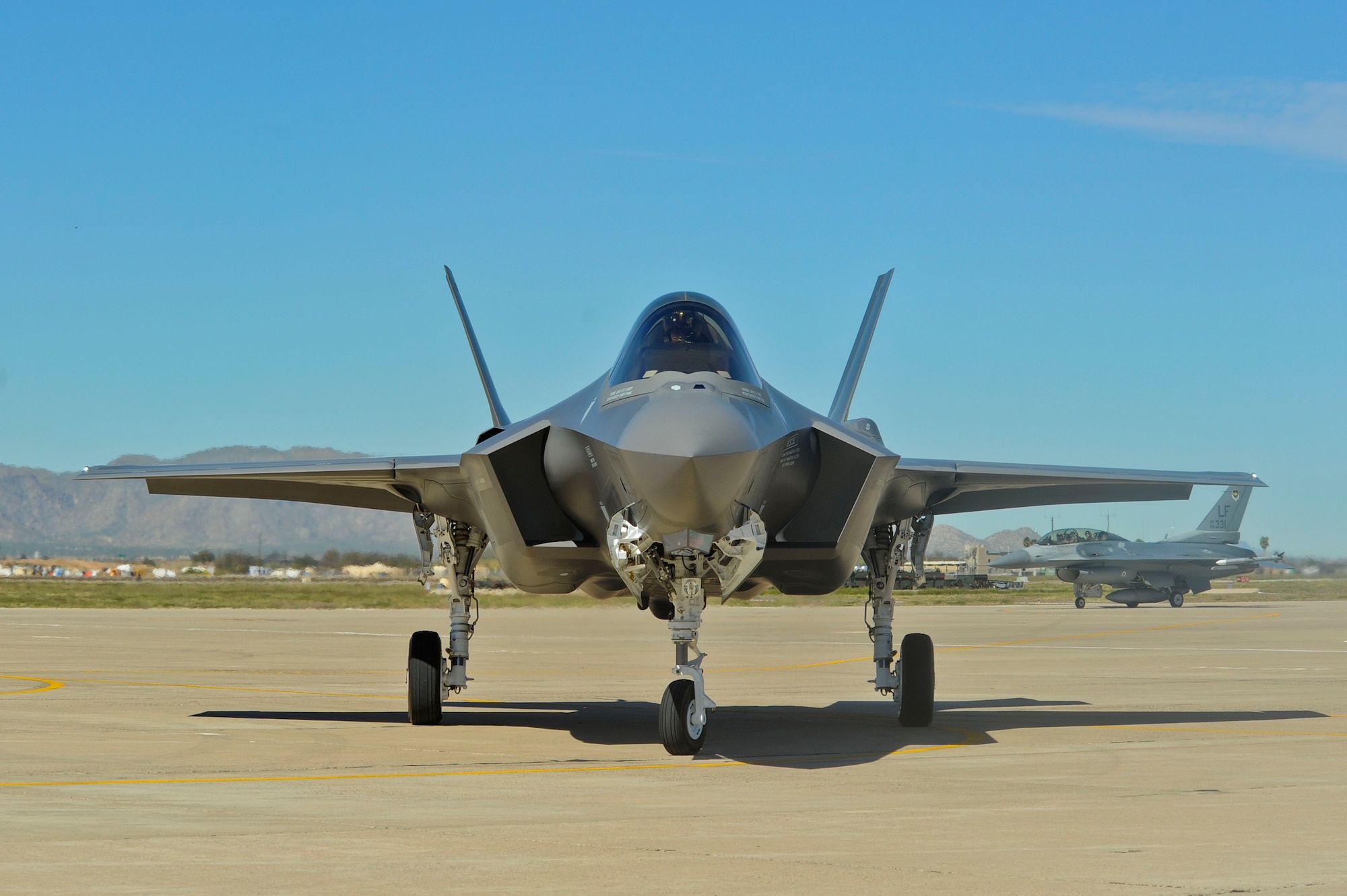In the ever-evolving world of military aviation, the Lockheed Martin F-35A stands out as a game-changer in modern combat. Known for its advanced stealth capabilities, unparalleled versatility, and cutting-edge technology, the F-35A is not just an aircraft but a symbol of the future of air power. As the cornerstone of the Joint Strike Fighter program, the F-35A is reshaping air combat and setting new standards for what is possible in the skies.
A New Era of Stealth and Versatility
The F-35A, the conventional takeoff and landing (CTOL) variant of the Joint Strike Fighter, represents the next generation of stealth fighters. Designed to excel in a wide range of roles—from air superiority to precision strike missions—the F-35A embodies a unique blend of advanced technologies that make it a formidable presence in the air.
One of the F-35A’s most remarkable features is its stealth capability. The aircraft’s design incorporates advanced materials and geometry to minimize its radar cross-section, making it nearly invisible to enemy radar systems. This stealth technology allows the F-35A to operate in contested environments with reduced risk of detection, giving it a significant advantage over conventional fighters.

Advanced Technology and Systems
The F-35A is equipped with an array of cutting-edge technologies that set it apart from its predecessors and competitors. At the heart of the F-35A is the Active Electronically Scanned Array (AESA) radar, which provides superior target detection and tracking capabilities. This radar system is coupled with advanced electronic warfare (EW) systems that enhance the aircraft’s ability to detect and counter threats.
Another key component of the F-35A’s technological arsenal is its Distributed Aperture System (DAS). This system integrates multiple sensors to provide a 360-degree view of the battlefield, giving pilots unparalleled situational awareness. The DAS feeds real-time data to the pilot’s helmet-mounted display, allowing them to track and engage targets with precision.

Operational Flexibility and Combat Capability
The F-35A’s design emphasizes flexibility and adaptability, making it suitable for a wide range of missions. Whether engaging in air-to-air combat, conducting precision strikes, or providing close air support, the F-35A is equipped to handle diverse operational scenarios. Its advanced avionics and weapon systems enable it to perform with exceptional precision and effectiveness.
The aircraft’s internal weapons bays are a critical feature of its stealth capabilities. By carrying weapons internally, the F-35A maintains its low radar profile while still delivering powerful munitions. This design allows the aircraft to engage targets with a range of precision-guided munitions, including air-to-air missiles and laser-guided bombs.

Global Impact and Strategic Importance
The F-35A has quickly become a cornerstone of air forces around the world. With multiple international partners involved in the Joint Strike Fighter program, the F-35A is reshaping global military alliances and defense strategies. Its interoperability with allied forces enhances joint operations and strengthens collective defense capabilities.
Countries that have adopted the F-35A benefit from its advanced technology and operational flexibility. The aircraft’s presence in their fleets provides a strategic advantage and contributes to maintaining air superiority in increasingly complex and contested environments.
The Future of Air Combat
As military technology continues to evolve, the F-35A is at the forefront of shaping the future of air combat. Its combination of stealth, advanced systems, and versatility positions it as a key player in the next generation of aerial warfare. The aircraft’s development and deployment reflect ongoing advancements in aerospace engineering and the growing importance of multi-role fighters in modern military operations.
Looking ahead, the F-35A will continue to be a critical asset for air forces worldwide. Its ongoing upgrades and enhancements will ensure that it remains a leading-edge platform capable of meeting emerging threats and adapting to evolving mission requirements.
Conclusion
The Lockheed Martin F-35A is more than just an aircraft; it represents a paradigm shift in modern air combat. With its advanced stealth capabilities, cutting-edge technology, and operational versatility, the F-35A is redefining what is possible in the skies. As the cornerstone of the Joint Strike Fighter program, the F-35A embodies the future of aerial warfare and continues to set new standards for excellence in military aviation.






